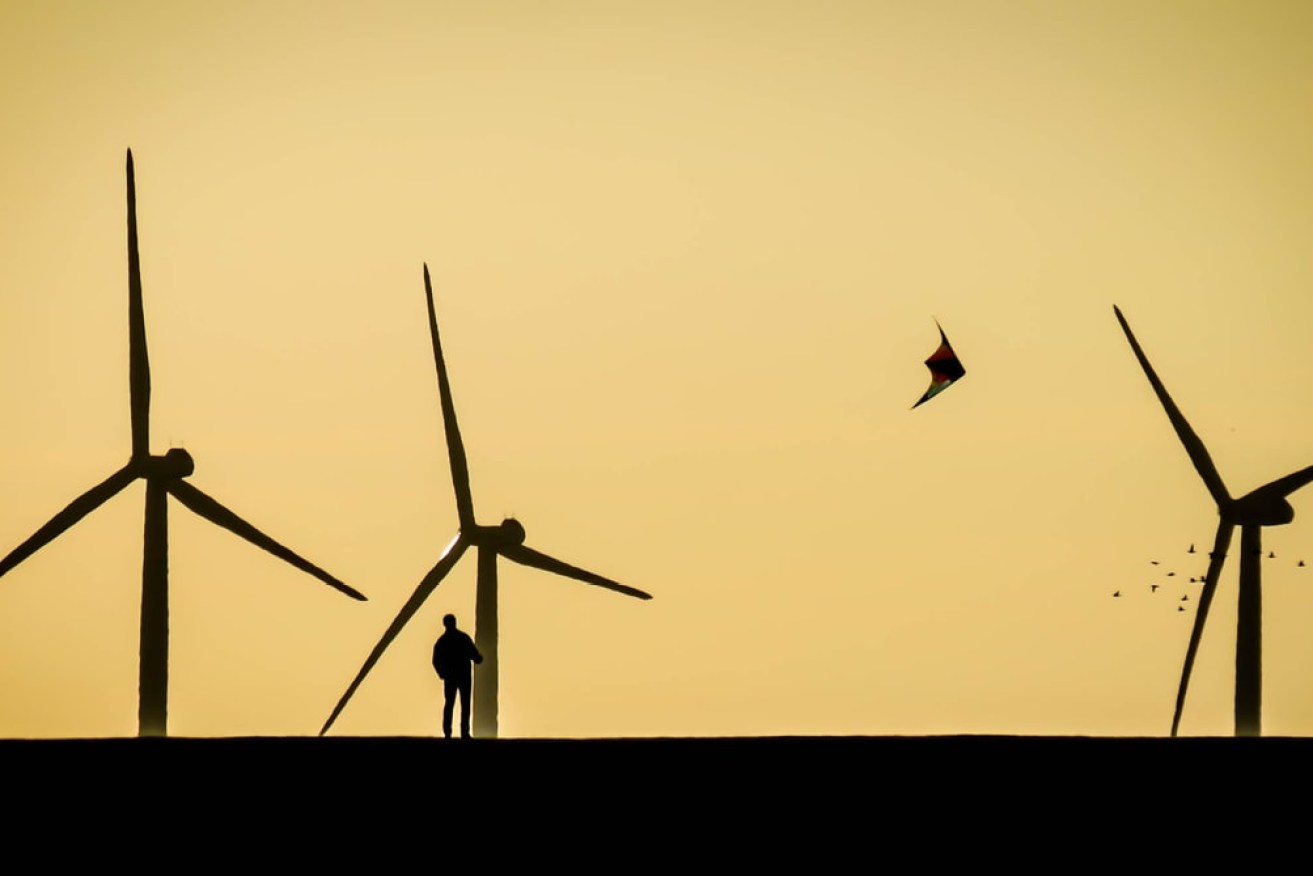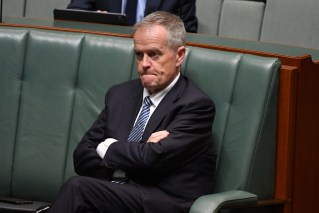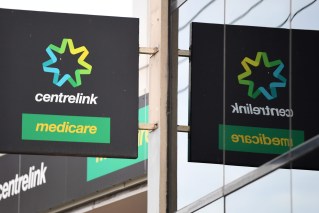Energy cash cows running dry as green deals leave $2 billion hole in AGL profits
Auditor-General Brendan Worrall has highlighted how state-owned power corporations – long a cash cow for the Queensland treasurer – are under increasing pressure from green energy reforms. So, too, is the private sector.

Iberdrola has bought the tights to the Mount James wind farm project
Power company AGL today revealed a $2.68 billion hit to its net profits, relating mostly to renewable energy and environmental provisions. Deals struck between 2006 and 2012 to take power from wind farms, at a price far higher than today’s prices, delivered a $1.9 billion blow.
Origin Energy also announced it had slashed its earnings guidance for the APLNG project near Gladstone. Its full-year 2020 guidance had been for a distribution from APLNG of $1.275 billion. That has now been reduced to between $575 million and $675 million for 2021.
The impact of new energy sources and structures on these old power networks is draining the Queensland government, according to an audit report tabled in State Parliament today.
Last financial year, falling revenue from these GOCs – profits were down 88 per cent for the six entities audited – and a $400 million increase in concessions saw the Palaszczuk government lose more money in the power game.
GOC returns to government last year fell 54 per cent, or $1.2 billion on the previous year. While the government still reaped $1 billion by way of dividends, it gave $1.5 billion to customers through rebates and concessions, including COVID-19 relief.
In his report, Worrall noted that Queensland had the lowest wholesale electricity prices in the National Electricity Market, and the GOCs continued to be squeezed through changes to pricing structures and the increasing take-up of renewable energy.
The GOCs wrote down the value of the assets –CleanCo reduced the value of its Swanbank E gas power station to zero, which means it will have operating losses until it is retired in 2036.
While coal continues to be used to generate the bulk of Queensland produced power, Worrall recommended more work be done to transition the network to meet the Labor government’s target of 50 per cent renewables by 2030. He said that having more smaller generators, at a greater number of sites, would have implications for the transmission network.
Sustainability is also an issue. At the moment, Worrall observed, increased solar generation during the middle of the day meant that power generators sometimes had to pay the market to take the electricity they generate.
“The energy sector is undergoing significant change,” Worrall wrote.
“Our electricity system needs to adapt to these changes to ensure affordable and reliable electricity supply for Queenslanders. Coal-fired power plants are scheduled to progressively be retired over the next 26 years. As this occurs, their capacity is expected to be replaced by more renewables.
“The generators need to adapt to this changing mix to ensure they remain profitable and continue to deliver electricity reliably. Integrating renewables and new technology into the electricity network is also a challenge. With reduced regulated revenues, transmission and distribution entities need to manage their costs while maintaining network strength and stability.”
AGL said the charges followed accelerated deterioration to long-term wholesale energy market forecasts in recent months, reflecting policy measures to underwrite new-build of electricity generation and lower technology costs, leading to expectations of increased supply.
“As a result, the long term outlook for wholesale electricity and renewable energy certificates now indicates a sustained and material reduction in prices,” the company said.
AGL said it entered into the contracts to underwrite the development of the renewable sector.
It will also take a $1.1 billion hit related to environmental provisions and a further $532 million impairment to its generation fleet and gas assets. There will be a positive tax impact of $878 million.
AGL said that when the sharp reductions in near-term wholesale energy prices as a result of macroeconomic conditions and the outcomes of AGL’s three-yearly review of environmental restoration provisions had reduced the valuation of AGL’s generation fleet.












